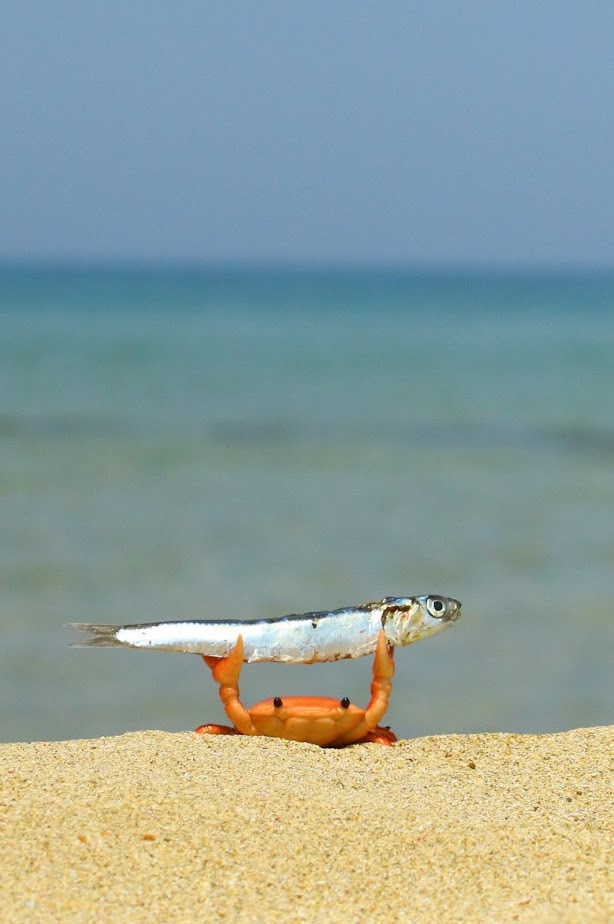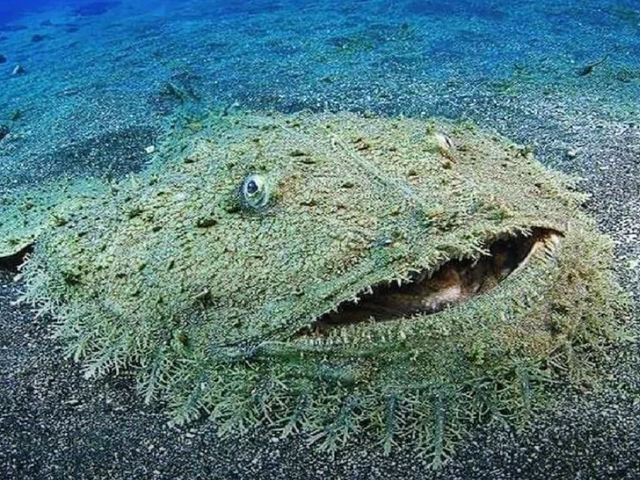














RMS

Last edited:





























what makes you think that there is nothing out there? Eden has been clear-cut and paved years ago, and this sure as hell aint Heaven...How is there not life out there??????
Kind of creepy. Maybe this is Eden or Heaven























